amber arnold
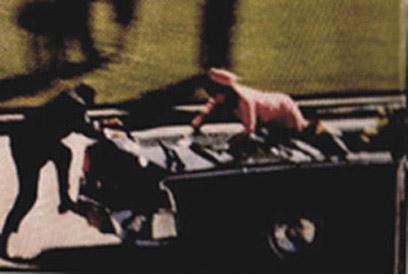
Memory is the ability to store, retain, and recall information. We use our memories every day to survive - we remember how to walk, what is safe to eat, and how to communicate with each other. But more than that, we use our memory to help define ourselves as individuals remembering where we’ve been, what we’ve done, and what place we have in the world. Memory allows a person to look back on the events of life and memories shape each person in a unique way. People treasure their memories and share them often with those around them.
But memory is a fleeting ephemeral thing, and as time goes on we often do not remember things as well as we used to and when we die our memories die with us. Technology has allowed us to extend our memories to the physical world in the form of photographs. Photographs help us remember past events, allow us to share our experience with other people, and stand as a testament to our memories when we have lost them or when the world has lost us. Other forms of object memory are subject to filtering out certain facts, but photographs can serve as higher fidelity representation of the world, at least within the frame of the shot. Many words need to be written to describe an event, but a photograph can provide instant understanding. Even apparently richer representations such as movies may allow too much sway in providing a perspective through editing and music and other components, but photographs are a single snapshot of the state of the world.
Photographs are often treasured possessions as they represent strong emotional experiences. People take photographs at important life events, such as a wedding, birth of a baby, purchase of a new home, and celebrations of fun events, such as birthday parties, school plays, camping trips, girl’s night out, etc. You can walk into almost any home in the United States and find photographs of important events displayed. The photographs then serve as objects of memory. They can be used to reminisce about an event, to share that event with those who could not be there, and as a means of leaving some physical trace to pass on to the next generation.
However, not all life events are treated equally. People prefer to take photographs of events they wish to remember as special memory. It’s rare for photographs to be taken of funerals, because people prefer to focus on their memories of the life of individual rather than their death. The primary exception to this trend is photographs of funerals of famous people (e.g. Princess Diana) and war, which we turn to in the next section. Even in those examples, people prefer photographs that show the emotional moments that make memories.
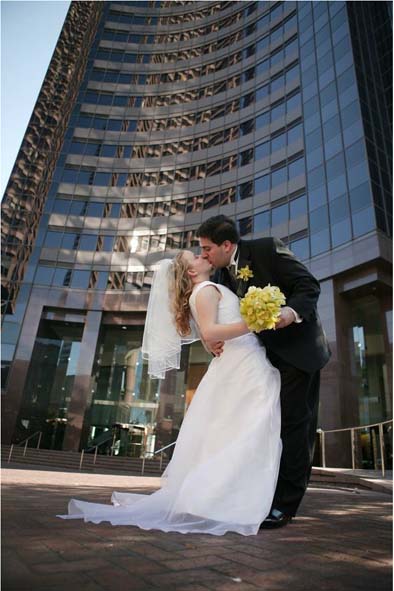
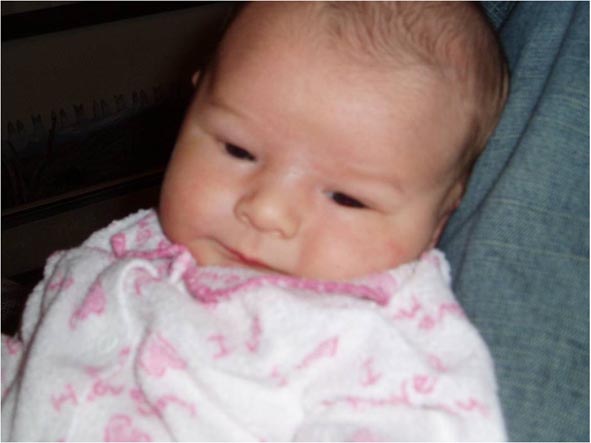
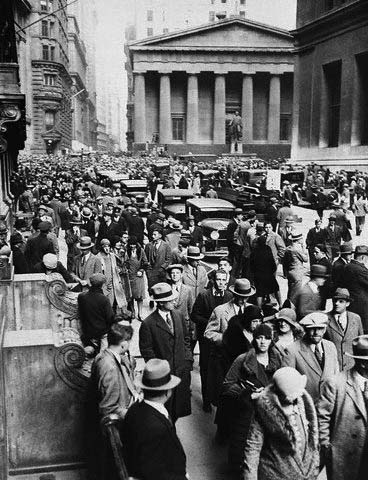
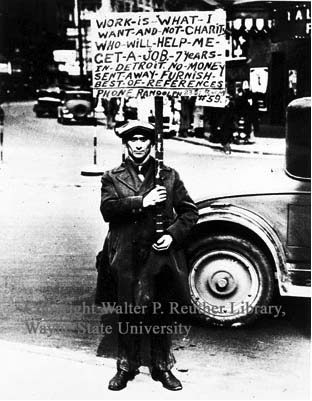
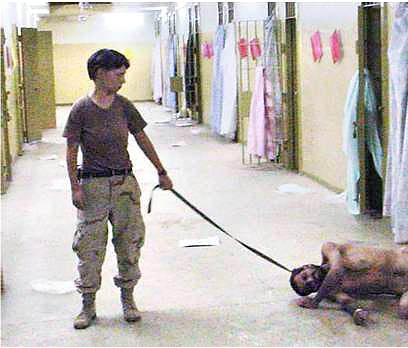
While photographs are powerful representations of personal memories, their role in society is even more powerful, as they serve as the only information people may receive about an event. Photographs have become the real world representation of our nonphysical memories – one of the essential ingredients to life and being human. Photographs allow us to preserve our memories so that we can reminisce later in life, share our special events, and pass on something of what we are today to the next generation. Photographs have become the physical form of our memories, and their importance demands their inclusion in any study of human behavior.